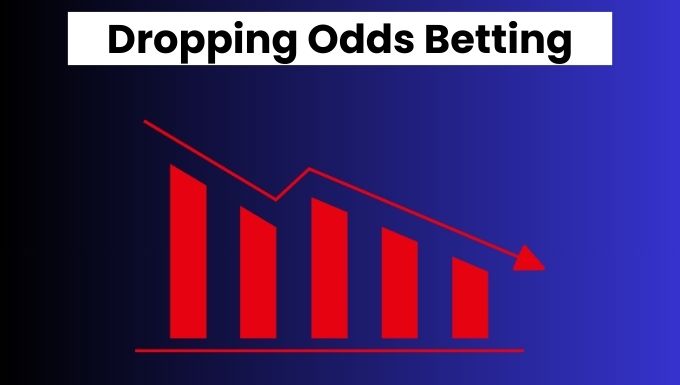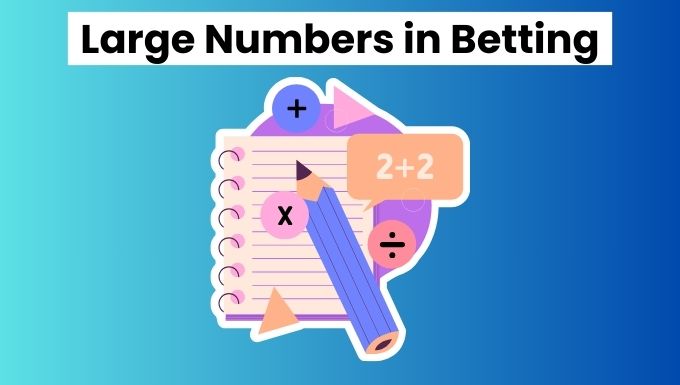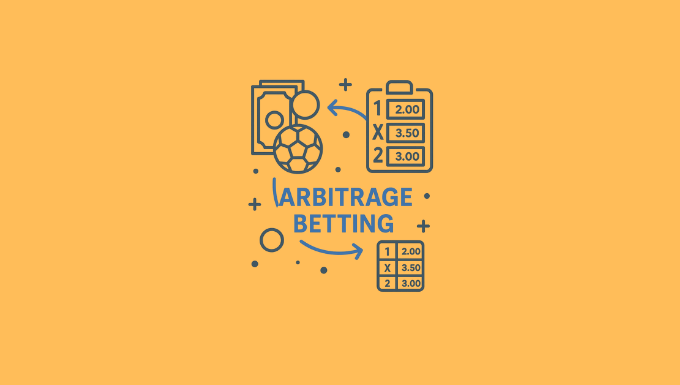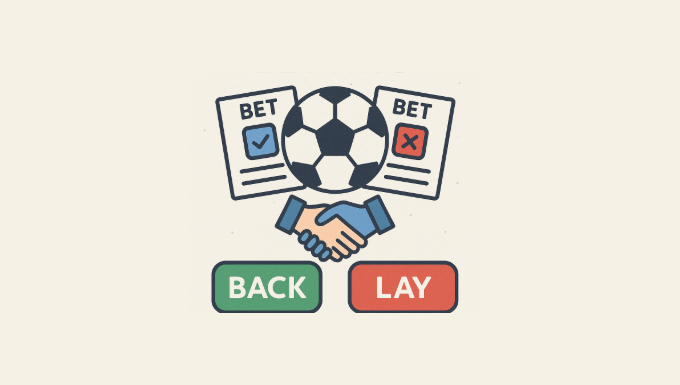If you’ve been around sports betting for a while, you’ve probably heard about dropping odds. It’s one of those strategies that sounds simple but can be incredibly powerful if you know how to use it. Here’s the basic idea: when the odds for a team or player start dropping, it usually means something’s up. Whatever the reason, dropping odds can be a signal that the market is shifting, and if you act fast, you can grab some serious value before it’s gone.

I’ve been using this strategy for years, and while it’s not a guaranteed win every time, it’s definitely helped me spot opportunities I would’ve otherwise missed. The key is knowing how to read the signs; when to jump in and when to stay away. It’s not just about blindly following the odds; it’s about understanding why they’re moving and whether it’s worth the risk.
What Are Dropping Odds And Why they Matter
If you’ve ever checked betting odds and noticed they’ve suddenly dropped, you’ve seen the market in action. Dropping odds mean a bookmaker has lowered the price on a particular outcome, usually because a lot of money is coming in on that side. It’s like a stock price going up when everyone starts buying.
Now, odds don’t drop for no reason. Sometimes, it’s because sharp bettors (professional gamblers) have spotted value and hammered a bet. Other times, it’s due to breaking news-”maybe a key player is injured, or a coach makes unexpected changes. Public betting can also move odds, especially when casual bettors all jump on the same team.
Why Do Dropping Odds Matter?
- They Signal Where the Money Is Going -If big bets come in on one side, it can mean sharp bettors see something the rest of us don’t .That’s a clue worth paying attention to.
- They Can Indicate Value (or Kill It) -If you catch the odds dropping early, you might lock in a good price before it’s gone. But if you’re late, you might be betting on a line that’s already lost its value.
- They Help You Avoid Bad Bets -Sometimes, odds drop because of inside info-a last-minute injury or a tactical change. If you’re unaware and bet on the other side, you might be walking into a trap.
How To Spot Dropping Odds
Spotting dropping odds is one of those skills that takes a bit of practice, but once you get the hang of it, it becomes second nature. Here’s how to do it, step by step, without overcomplicating things.
First, you need the right tools. Personally I use odds comparison sites and betting software that track odds movements in real time. Sites like OddsPortal or BetBrain are great for this because they show you how odds are changing across multiple bookmakers. Some bookies even have built-in features that highlight odds drops, so keep an eye out for those. Consider setting up alerts so you’re notified as soon as significant changes happen.
Next, timing is everything. Odds can drop fast, especially when big news breaks or sharp money starts coming in. Make it a habit to check odds regularly, especially in the hours leading up to an event. That’s when most of the action happens. If you see odds shortening consistently across several bookmakers, something’s up. It’s not just one bookie adjusting their line; it’s a market-wide shift.
Another thing to look for is the size of the drop. Small movements might not mean much, but if the odds drop by 10% or more, that’s a red flag. For example, if a team’s odds go from 2.00 to 1.80 in a short period, it’s worth investigating. Also compare the odds to the opening line. If the current odds are significantly lower than where they started, that’s another strong signal.
When To Bet On Dropping Odds And When To Avoid Them
Knowing when to bet on dropping odds and when to avoid them is where the real skill comes in. It’s not just about seeing the odds move—it’s about understanding why they’re moving and whether it’s worth your money. Over the years, I’ve learned to pick my spots carefully, and here’s how to approach it.
First, look for odds drops that happen quickly and significantly. If the odds for a team drop from 2.50 to 1.80 in a short period, that’s a red flag that something big might be up. Maybe there’s a lineup change, an injury update, or some insider info that’s driving the action. If you can confirm the reason behind the drop, like a star player being confirmed to start, that’s a positive sign to jump in. That’s when dropping odds can be a golden opportunity to get value before the market catches up.
But not all drops are worth chasing. Sometimes, the odds move slowly or only slightly, and that’s often just noise. Maybe it’s casual bettors piling on a popular team, or the market overreacting to a rumor that turns out to be nothing. In those cases, stay away. I’ve learned that betting on small, unclear odds movements is a good way to burn through your bankroll.
Another thing to watch for is how the odds behave closer to the event. If the odds drop early but then stabilize, it’s usually a stronger signal than if they drop right before the game starts. Late drops can be tricky; they might mean last-minute info, but they can also mean the market is overreacting to hype or panic.
Sports Where Dropping Odds Matter Most
When it comes to dropping odds, not all sports are created equal. Some sports are more predictable, with markets that move in ways you can actually take advantage of. Over the years, I’ve found that certain sports are better suited for this strategy than others. Here’s a breakdown of where dropping odds matter most and why:
- Soccer (Football):
Soccer is my go-to sport for dropping odds. The markets are huge, and there’s a ton of information floating around—team news, injuries, weather conditions, you name it. When odds drop in soccer, it’s often because of something concrete, like a key player being ruled out or a tactical change. - Tennis:
Tennis is another great sport for this strategy. It’s an individual sport, so factors like injuries, fatigue, or even a player’s mindset can have a big impact. If the odds for a player suddenly drop, it’s worth digging deeper. I’ve seen cases where a player was rumored to be carrying an injury, and the sharp money jumped on the opponent, causing the odds to shift dramatically. - Basketball (NBA):
In the NBA, dropping odds can be a goldmine, especially with player props and in-game betting. If a star player is unexpectedly ruled out or limited, the odds for their team or specific game outcomes can move fast. I’ve learned to keep an eye on late-breaking news and social media for updates that might not hit the mainstream right away. - American Football (NFL):
The NFL is similar to the NBA in that injuries and lineup changes can swing the odds quickly. If a starting quarterback is ruled out, for example, the odds for that team can drop significantly. I’ve found that staying on top of injury reports and practice updates is key here. - Horse Racing:
Horse racing is all about late money. If the odds for a horse drop close to race time, it’s often because insiders or sharp bettors are backing it. You can have success by watching these moves and jumping in when you see a pattern.
Risks,Challenges And How To Manage Them
Dropping odds can be a great tool, but they’re not without risks. Just because the odds are moving doesn’t mean it’s a sure thing. In fact, if you’re not careful, chasing dropping odds can lead to some costly mistakes. Here’s what I’ve found to be the biggest risks and challenges, and how to manage them.
First, the biggest risk is overreacting to small or meaningless odds drops. Sometimes, the odds shift slightly because of casual bettors or random market noise, not because of any real insider info. If you jump in without digging deeper, you could end up betting on something that’s not actually valuable.
Another challenge is timing. Dropping odds move fast, and if you’re too slow, you might miss the best value. But if you’re too quick, you might act before you have all the information. It’s a balancing act. I’ve learned to set up alerts and use odds comparison tools to stay on top of movements, but I also take a moment to ask myself why the odds are dropping before placing a bet.
Then there’s the risk of overconfidence. When you see odds dropping, it’s easy to think, “This is a lock.” But nothing in sports betting is a lock. I’ve had times where the odds dropped for what seemed like a sure thing, only for the underdog to pull off a shocker. That’s why it’s advisable to manage your bankroll carefully. Never bet more than you can afford to lose.Finally, trust your research. If you can’t find a solid reason for the odds drop, stay away. It’s better to miss out on a potential win than to chase something you don’t fully understand.
Dropping odds can be a game-changer if you know how to use them. They’re one of the best ways to spot value and get ahead of the market. But like anything in sports betting, it’s not a magic formula. You’ve got to stay sharp, do your homework, and be disciplined.
The key is understanding why the odds are moving and whether it’s worth your time and money. Sometimes, it’s a golden opportunity; other times, it’s a trap. At the end of the day, dropping odds are just one tool in your betting toolbox. They won’t guarantee wins, but they can give you an edge if you use them wisely. Stick to your plan, manage your bankroll, and don’t chase every drop you see.


